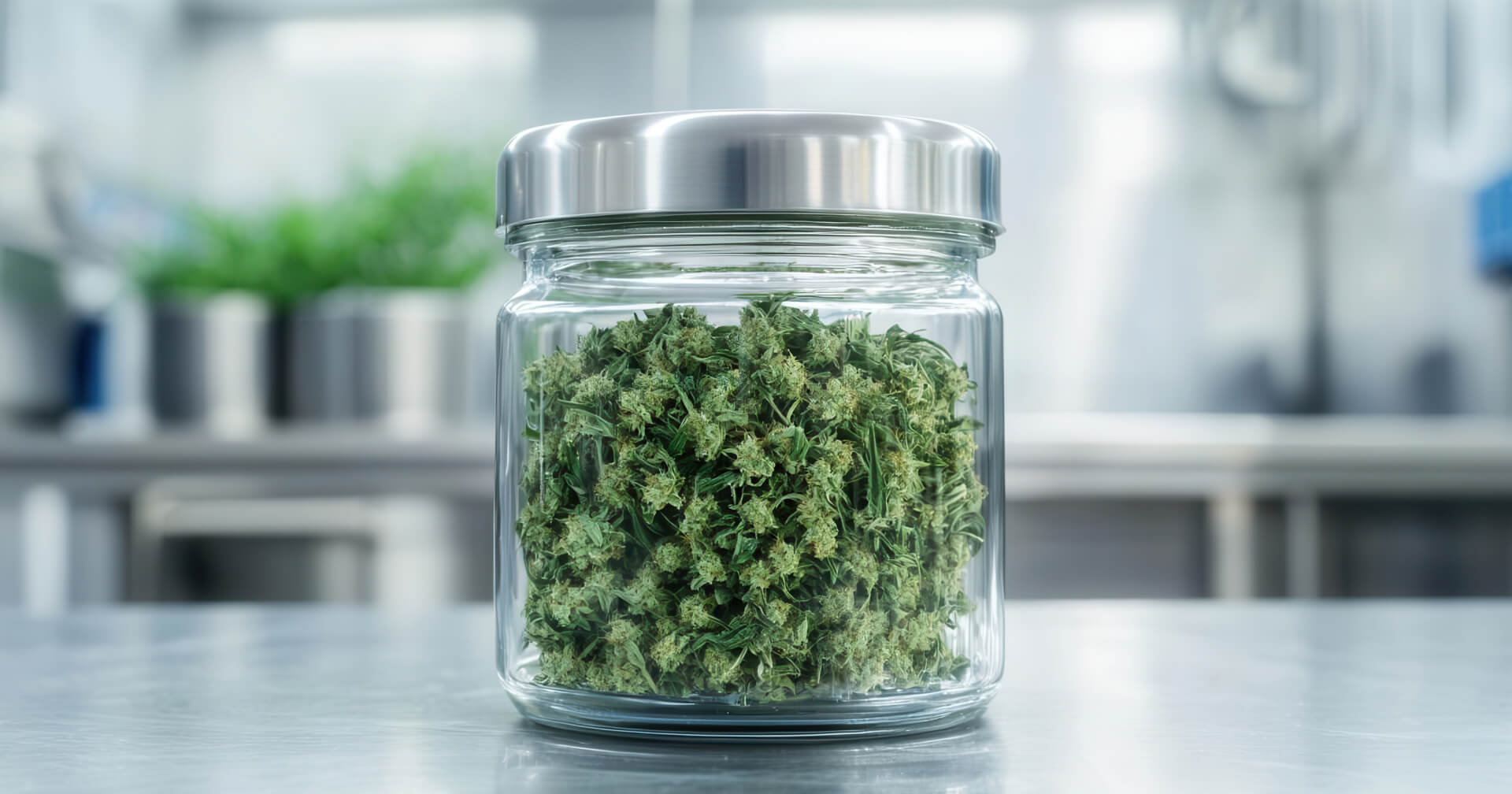
THC may have kicked the door open, but it’s the lesser-known compounds quietly stepping onto the stage that might just define the future of cannabis.
For decades, cannabis culture—and commerce—has revolved around tetrahydrocannabinol (THC), the psychoactive component that gets you high. But now, scientists, brands, and consumers alike are tuning into the supporting cast of cannabinoids.
The U.S. minor cannabinoids market was valued at $11.5 billion in 2023 and is projected to grow at a 15% compound annual growth rate through 2030, signaling rapid expansion and rising consumer demand.
These minor, non-intoxicating compounds—like CBG, CBN, THCV, and CBC—are sparking a new wave of innovation, offering everything from pain relief and appetite regulation to enhanced sleep and reduced inflammation.
We’re entering the next era of cannabis—one that’s driven by wellness, biohacking, and precision over potency. Whether you’re a brand builder, formulator, investor, or cultural leader, understanding minor cannabinoids is key.
What Are Minor Cannabinoids?
The cannabis plant contains over 100 different cannabinoids, yet commercial products have largely focused on just two: THC and CBD.
Minor cannabinoids are in smaller concentrations, but that doesn’t mean they’re less important. On the contrary, emerging research is uncovering powerful therapeutic potential in these compounds, many of which interact with the body’s endocannabinoid system in different and sometimes more targeted ways than THC or CBD.
And the timing couldn’t be better. As consumer sophistication increases, the market moves from “get high fast” to “feel better longer.” Today’s users want personalized effects, and minor cannabinoids offer a way to curate experiences—whether that’s deeper sleep, sharper focus, reduced anxiety, or improved recovery.
CBG (Cannabigerol) – The Stem Cell Cannabinoid
CBG is often called the “mother of all cannabinoids” because it’s the chemical precursor from which THC, CBD, and others are synthesized. Although naturally present in low quantities, CBG is cultivated selectively for its unique benefits.
- Therapeutic potential: Anti-inflammatory, antibacterial, and neuroprotective. Preclinical studies show that CBG may help manage conditions like inflammatory bowel disease (IBD), glaucoma, and even neurodegenerative diseases like Huntington’s.
- Market buzz: CBG-infused tinctures and skincare products are trending in wellness and dermatological spaces thanks to their antioxidant properties.
CBN (Cannabinol) – The Sleep Molecule
Formed when THC is exposed to oxygen and breaks down, CBN is gaining traction as a natural sedative and sleep aid. Unlike melatonin, CBN acts directly on the CB1 receptor, promoting sleep without grogginess.
- Therapeutic potential: Sedative, pain-relieving, and antibacterial. Some studies suggest CBN may also reduce intraocular pressure, making it a candidate for glaucoma treatment.
- In the market: CBN gummies, teas, and capsules are booming—sales of CBN-infused edibles grew 66% from 2022 to 2023.
THCV (Tetrahydrocannabivarin) – The Anti-Munchies
Structurally similar to THC but with distinct effects, THCV is nicknamed “diet weed” for its appetite-suppressing properties.
- Therapeutic potential: Appetite control, blood sugar regulation, potential anti-anxiety effects at low doses. It’s also being studied for obesity, type 2 diabetes, and even Parkinson’s.
- User experience: Provides mild, clear-headed euphoria—more energizing than sedating.
CBC (Cannabichromene) – The Inflammation Fighter
CBC is one of the “big six” cannabinoids in cannabis research. It binds to different receptors than THC or CBD, suggesting distinct therapeutic potential.
- Therapeutic potential: Anti-inflammatory, anti-depressant, and potential cancer-inhibiting effects in early studies. It also promotes neurogenesis—the growth of new brain cells.
- Synergistic benefits: Works well in “entourage effect” formulations, enhancing the effects of other cannabinoids.
The Challenges: Not All Smooth Sailing
Despite the immense promise of minor cannabinoids, the road ahead isn’t without obstacles. One major challenge is the limited research—most findings are still preclinical, and there’s a pressing need for large-scale human trials to confirm efficacy, safety, and optimal dosing.
Adding to the complexity is the regulatory uncertainty surrounding these compounds. The FDA has yet to provide clear guidance on the use of most minor cannabinoids, which continues to slow mainstream adoption and product development.
Additionally, production and cost remain significant barriers. Because these compounds naturally occur in very low concentrations, isolating them at scale is both technically complex and costly.
Wrapping Up
The exploration of minor cannabinoids represents a frontier in cannabis innovation, offering new avenues for therapeutic applications and consumer experiences. As the industry evolves, these compounds are set to play a pivotal role in shaping the future of cannabis culture and commerce.
For cultural leaders and innovators, understanding and embracing the potential of minor cannabinoids is essential to staying at the forefront of the industry. Join Rolling Stone Culture Council to connect with leaders shaping the industry’s future. Apply now and lead the next wave of cannabis innovation.
